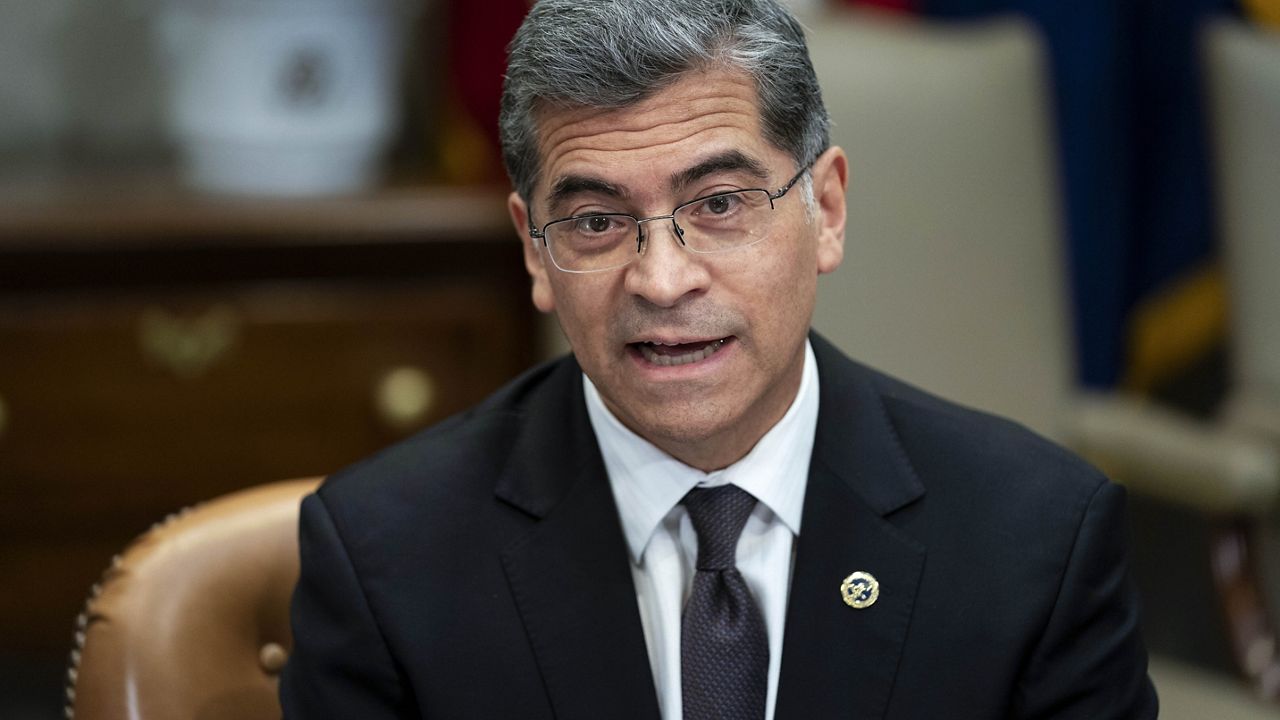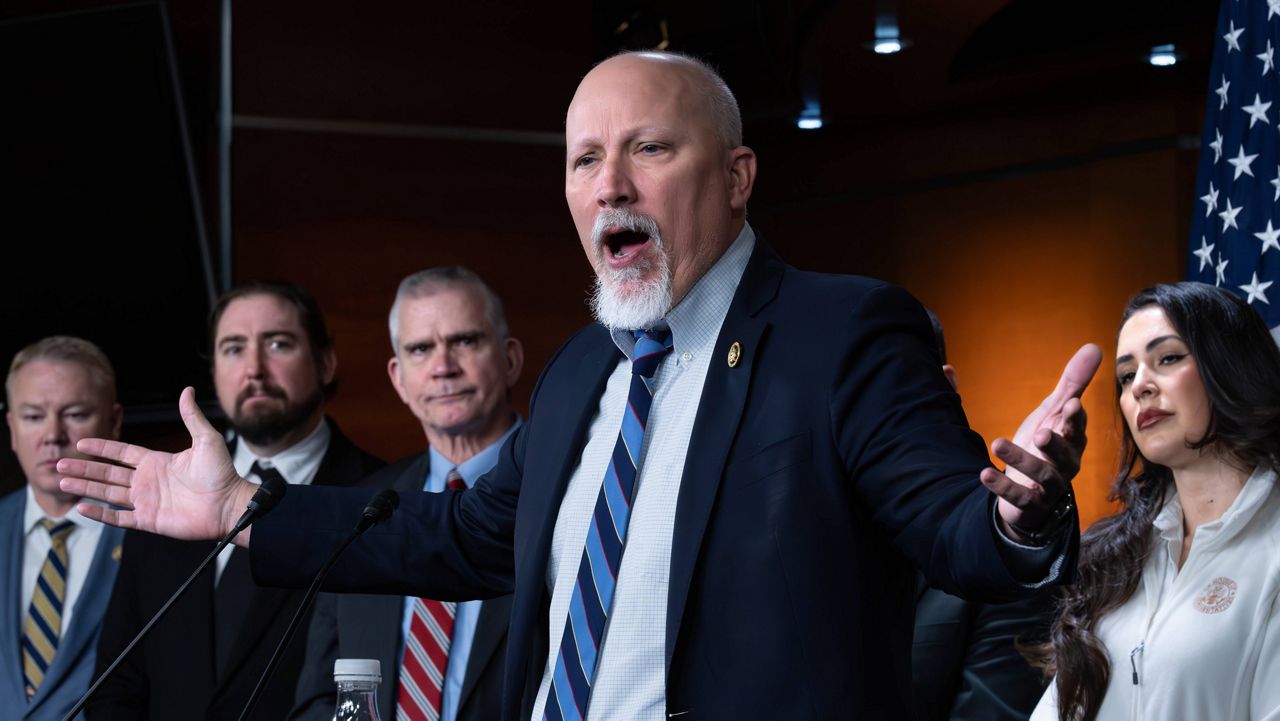States across the country are in the lengthy process of restarting Medicaid eligibility renewals after a three-year pause, a months-long operation that is expected to result in millions of people losing coverage.
The undertaking is the result of the conclusion of a provision included in the coronavirus relief package passed by Congress at the beginning of the pandemic in 2020. The provision offered states more federal funding if they agreed not to cut recipients from Medicaid, which is government-funded health insurance for low-income Americans.
“Many Americans were able to maintain health care coverage during the pandemic because of the Medicaid program,” Health and Human Services Secretary Xavier Becerra said in an interview with Spectrum News. “And today, because now everyone who is enrolled has to be able to sign up and make sure that they qualify, that whole process for millions and millions of Americans is taking some time.”
The end of the pandemic-era policy earlier this year meant states had to embark on updating Medicaid rolls and terminating people who are no longer eligible, a process officials are calling unwinding. The federal government in August of last year estimated about 15 million people will leave the program as a result.
An analysis of data from 29 states and Washington D.C. by KFF Health News found nearly two million people have been disenrolled from Medicaid as of July 12. However, this does not include a large portion of states who have not provided public data.
The concern from some advocates is that people who do still qualify will lose coverage because they didn’t receive a notice to complete an eligibility check or didn’t understand the process.
In March, the chairs of the Congressional Hispanic Caucus, the Congressional Asian Pacific American Caucus and the Congressional Black Caucus sent a letter to Becerra urging him to prevent “rampant, paperwork-driven terminations” and expressing concern the end of the policy will disproportionately impact people of color and children.
Last month, Becerra wrote a letter to governors recommending steps they can take to ensure more people do not lose coverage due to “administrative processes.”
The state data analysis by KFF Health News found nearly three quarters of people who have been terminated thus far were cut because of procedural reasons rather than ineligibility.
“I think all the states are working hard to avoid that. So these early numbers are exactly that: they're early numbers, they're not the final numbers,” Becerra said. “They don't tell us how many people have transitioned from Medicaid to, for example, Obamacare, or how many have transitioned from Medicaid to employer coverage because now they have a job where they have insurance. And so, we have to wait and see.”
Maureen Corcoran, director of the Ohio Department of Medicaid, also emphasized these are preliminary figures. She explained that while states had to submit a 12-month plan that had to be approved by the federal government’s Center for Medicare and Medicaid Services, each one could set up the process in their own way.
“We have 88 counties, we took all the people and we broke it down by county and projected how much each county could handle to get through it in a year,” Corcoran said of her state’s plan.
Some states started the official process of renewing and disenrolling people as early as April while a large group of states started this month. But timing, Corcoran said, is not the only difference.
“[Some states] put all the people that they thought wouldn't be eligible at the front, so there are a couple states that have had huge numbers that have been disenrolled very quickly,” Corcoran said. “It's going to be really important to not make any kind of really conclusive assessments until at least six months into this.”
“Some states are moving fast, some states are taking a little longer, some states still have a lot of paper processing instead of computer processing so it's going to take them longer,” Becerra said of differences in state’s approaches, “some decided to approach those Medicaid recipients who they believe have now found work, because those are the folks who are likely to disenroll because they no longer qualify for Medicaid.”
Both Becerra and Corcoran said communication is essential in this process and urged those on Medicaid to check their mail and make sure their information is up to date.
“Every state really struggles with this because folks who are on Medicaid, typically, they may move more, there is more homelessness” Corcoran said, adding her department has been on a full communication blitz for months letting people know they need to make sure their information is up to date.
“If you are on Medicaid, there is nothing that stops you from going on to the Medicaid website and checking to find out what you need to do to make sure you're okay,” Becerra said. He also encouraged people who lost Medicaid coverage to visit the government’s health insurance website to look for other plans.








